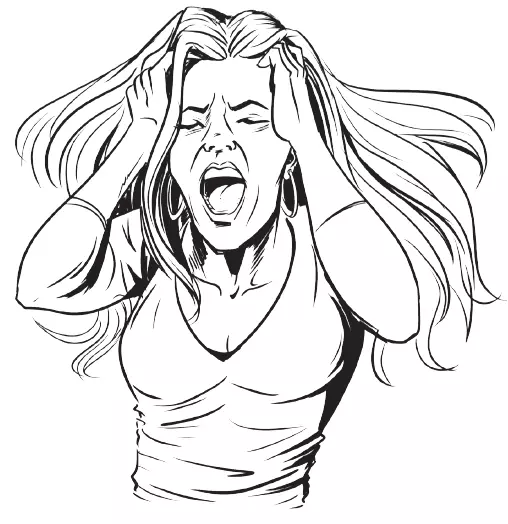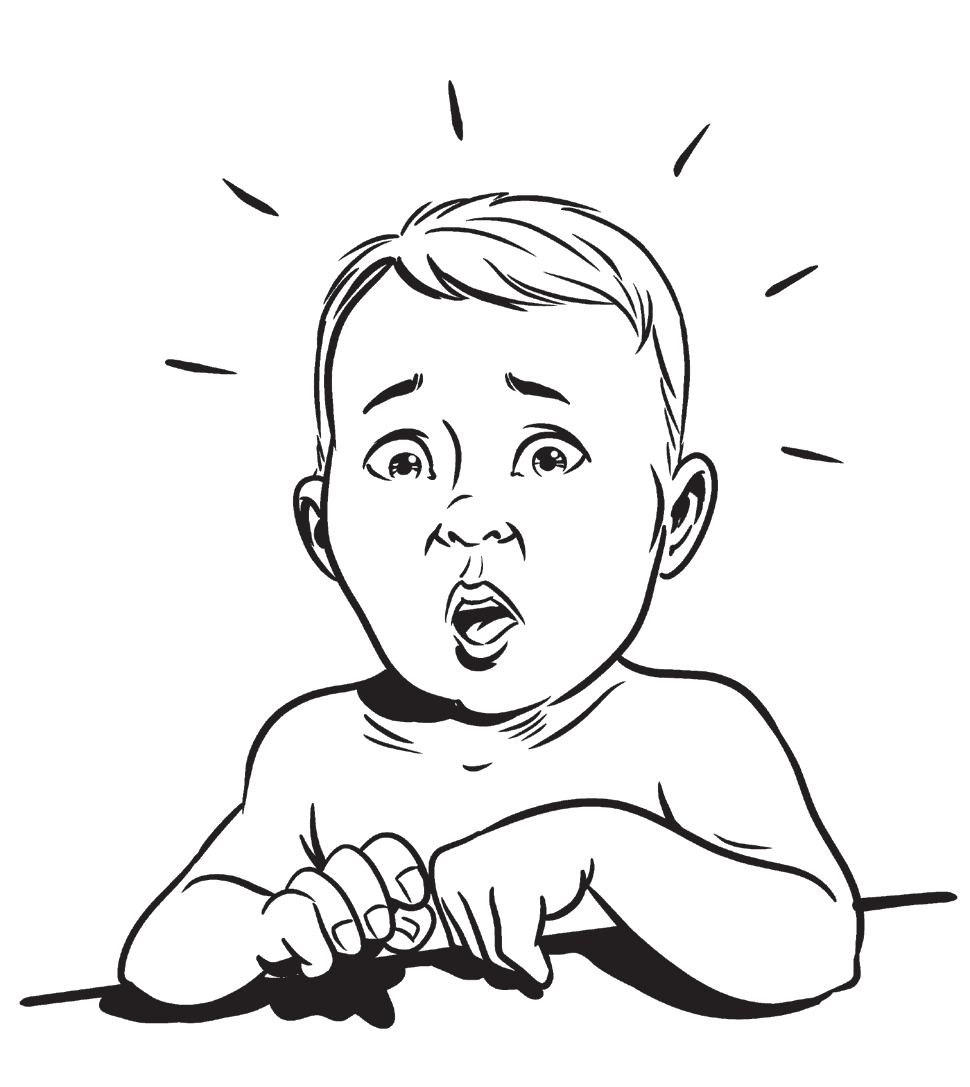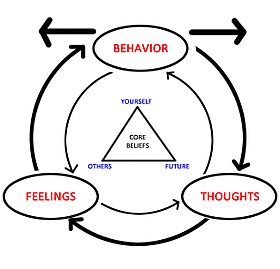10 Symptoms for Panic Disorder Good to be Familiar With
by Vlasta Kuster
Symptoms typical for panic disorder appear without warning, each of which by itself is already intensely unpleasant.
Panic disorder is one of the most horrible experiences a person can have. The body goes out of control. When disorder symptoms all occur together, however, they make it seem as if death (or insanity) is mere moments away.

Let us look at the panic disorder symptoms:
No.1 and Most Horrific Symptom for Panic Disorder - Intense Fear of Death
Panic disorder is accompanied by an intense fear of death.
People who have undergone such attacks describe it as one of the most horrific experiences of their lives.
The fear is so strong that they become incapacitated and generally unable to conceal what is happening from people in their environment.
People who have a panic attack for the first time believe they are about to die,
that they have a serious illness of some sort, or that they are having a heart attack or stroke.
They are terrified and believe there is no escape.
These feelings overwhelm their bodies and they wait helplessly for death to take them.
Panic attacks, however, are never deadly, nor do they even pose a serious threat to physical health. Despite the intensity of the experience, in reality nothing threatening is happening, and the body returns to a calm state once the attack passes.
A person who has a panic attack for the first or second time will most often seek emergency medical assistance.
Tests usually turn up nothing significant, but no amount of reassurance from doctors will make the person forget the experience.
Symptom No.2 for Panic Disorder: Dizziness and Nausea
Many people experience dizziness and nausea during an attack.
This symptom does not happen to everyone, and is not as common as some of the other symptoms.
However it is extremely uncomfortable and often makes people think they are going to lose their balance and fall.
Some report going weak in the knees as well. Medical tests usually show no organic cause for either the dizziness or the upset stomach.
Symptom No.3: Pounding Heart
This symptom typical for panic disorder occurs in practically everyone who experiences a panic attack.
The intense fear causes a drastic acceleration of the heartbeat.
The attack may come on suddenly without warning and under circumstances that are otherwise perfectly normal, so when the heart rate begins to shoot upward, it comes as quite a surprise and results in confusion and desperation.
The attack may last anywhere from a few minutes to half an hour or more in rare cases.
Throughout the duration of it the body is in agony, the heart is pounding, and the person begins to perspire and hyper-ventilate, making it difficult to communicate with others.
4.Tingling all Over the Body
A feeling of sharp tingling often accompanies panic attacks. This may be felt in almost any part of the body.
They appear suddenly and disappear just as suddenly when the attack is over.
Sometimes they produce shivering, while at other times they may move up and down throughout the body.
5.Pressure Headaches
People sometimes experience strong pressure in the head, almost as if it were going to explode.
Sometimes, there is also a burning sensation in the head or in or behind the ears.
The sensation is extremely intense and difficult to tolerate, but it is not dangerous, nor does it cause people to get sick or lose their minds.
They can, however, mark the beginning of a daily battle and preoccupation with one’s emotions, and people gradually begin to avoid any situations that tend to engender them.
6. A Feeling of Suffocation
Another symptom for panic disorder is when a person feel as if he/she cannot breathe...
...experiences strong pressure in the chest area and believe he/she is going to suffocate and die.
These feelings pass after a while and calm returns, but they are not easily forgotten, and people begin to plan their entire lives around their occurrence.
7. Fever and Chills
The next symptoms for panic disorder are fever felt all over the body, and/or chills.
During a panic attack the body simply cannot regulate its temperature normally.
It may be that chills come first followed by fever, or the fever may be first, or only one of the two may occur.
When the attack is over, both feelings gradually subside.
8.Altered perception of reality
People often report that their surroundings appear to change before their eyes during a panic attack.
Sometimes things appear to be either much larger or much smaller than they actually are, or their shape or color changes.
All this serves to intensify the belief that the person having the experience is ‘‘losing it’’ and will not be able to return to normal living.
9.The fear of going crazy
Most people still know very little about panic attacks.
As a result, it is all the more shocking when one happens apparently out of the blue.
In addition to the fear of death, people are also afraid that they are losing their sanity.
This fear is merely the result of their lack of awareness as to the nature of these attacks. However this does nothing to reduce its intensity, which can be overwhelming.
In reality, panic attacks do not cause people to lose their grip permanently on reality.
They are instead caused by the sudden eruption of pain stored in the body and are thus a type of emergency warning system.
They signal that the body can no longer cope with accumulated pain, not that the person is going out of their mind.
10. Symptom Typical for Panic Disorder is Fear of Fear
Finally, panic attacks virtually always lead to what is known as the fear of fear, meaning that victims live in fear of the next attack.
This fear calls for special attention and eliminating it requires patience.
Vlasta Kuster, holds an MA degree in Basic Medical Sciences and uses her 3-month EFT therapy in her work to help people to do away with panic attacks and anxiety for good. She has more than 10-year experiences in EFT therapy and achieves at least 90% success in permanently eliminating anxiety and panic attacks. You may contact her through her website freeofpanic.com


